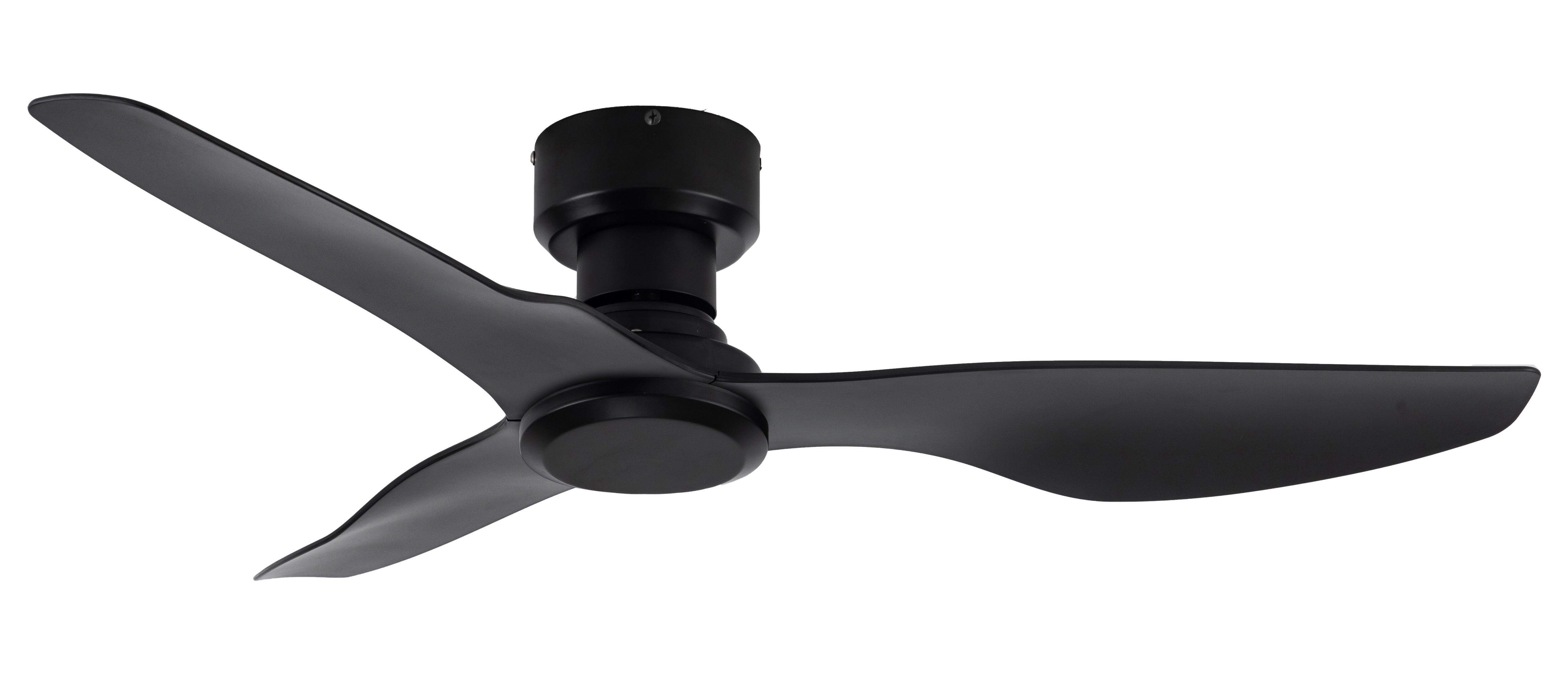

Articles
What Is A Hugger Ceiling Fan
Modified: February 27, 2024
Learn about hugger ceiling fans in this informative article. Discover the benefits of installing a hugger fan and find the perfect one for your space.
(Many of the links in this article redirect to a specific reviewed product. Your purchase of these products through affiliate links helps to generate commission for Storables.com, at no extra cost. Learn more)
Introduction
In the world of home comfort and design, ceiling fans have become indispensable. Not only do they circulate air and keep the room cool, but they also add a touch of elegance to any space. However, in rooms with low ceilings, a standard ceiling fan may not be the most suitable option. This is where a hugger ceiling fan comes into the picture.
A hugger ceiling fan, also known as a low-profile ceiling fan or a flush-mount ceiling fan, is specifically designed to be installed close to the ceiling. Unlike traditional ceiling fans that hang down with a downrod, hugger ceiling fans are mounted flush against the ceiling, making them ideal for rooms with low ceilings or limited overhead space.
These sleek and stylish fans are gaining popularity for their practicality and versatility. They not only provide excellent air circulation but also enhance the aesthetics of any room. Whether you have a small bedroom, a cozy living room, or a compact office space, a hugger ceiling fan can be the perfect solution to your cooling needs.
In this article, we will delve deeper into the world of hugger ceiling fans, exploring their benefits, features, and how to choose the right one for your space. We will also guide you through the installation process and provide some useful maintenance tips to ensure your hugger ceiling fan operates efficiently for years to come.
So, if you’re ready to discover the secrets of hugger ceiling fans and transform your space into a comfortable oasis, read on!
Key Takeaways:
- Hugger ceiling fans are a space-saving and stylish solution for rooms with low ceilings, offering improved air circulation, energy efficiency, and versatile design options to enhance any space.
- Choosing and maintaining a hugger ceiling fan involves considering factors such as room size, blade design, and motor power, while regular cleaning, balancing, and electrical maintenance ensure long-lasting comfort and performance.
Read also: 15 Amazing Hugger Ceiling Fan for 2024
Definition of a Hugger Ceiling Fan
A hugger ceiling fan, also known as a low-profile ceiling fan or a flush-mount ceiling fan, is a type of ceiling fan that is installed close to the ceiling. Unlike traditional ceiling fans that hang down with a downrod, hugger ceiling fans are designed to be mounted flush against the ceiling, making them a space-saving and practical solution for rooms with low ceilings or limited overhead clearance.
Hugger ceiling fans are specifically designed to provide sufficient airflow in rooms where a standard ceiling fan may not be suitable due to height constraints. They are ideal for spaces with ceilings that are less than 8 feet high, ensuring safe and effective operation without the risk of the fan blades coming into contact with people or objects in the room.
These fans are available in a variety of styles, sizes, and finishes, allowing you to choose one that complements your interior design aesthetic. Whether you prefer a sleek and modern look, a rustic and farmhouse-inspired design, or a timeless and traditional style, there is a hugger ceiling fan that will cater to your specific preferences.
In terms of functionality, hugger ceiling fans operate similarly to standard ceiling fans. They are equipped with a motor that powers the rotation of the fan blades, creating a refreshing breeze and promoting air circulation in the room. Some hugger ceiling fans also come with additional features such as reversible blades and integrated lighting options, providing both comfort and convenience in one fixture.
Furthermore, hugger ceiling fans can be a great energy-efficient alternative to air conditioners, especially in moderate climates or during transitional seasons. By using a hugger ceiling fan in conjunction with air conditioning, you can maximize the cooling effect of the air conditioner while reducing energy consumption and utility costs.
Overall, a hugger ceiling fan is a practical and stylish choice for rooms with low ceilings. With their sleek design, efficient performance, and ability to enhance air circulation, these fans offer a functional and visually appealing solution for maintaining comfort in small spaces.
Benefits of Using a Hugger Ceiling Fan
Hugger ceiling fans offer numerous benefits that make them a popular choice for homeowners. Here are some of the key advantages of using a hugger ceiling fan:
- Space-Saving Design: One of the main benefits of a hugger ceiling fan is its space-saving design. With its flush mount installation, a hugger ceiling fan sits close to the ceiling, making it ideal for rooms with low ceilings or limited overhead space. This allows you to maximize the vertical space in your room without compromising on the functionality of a ceiling fan.
- Improved Air Circulation: Like traditional ceiling fans, hugger ceiling fans are designed to promote air circulation in the room. The rotation of the fan blades creates a gentle breeze that helps distribute air throughout the space, providing a cooling effect and maintaining a comfortable environment. By using a hugger ceiling fan, you can effectively combat stagnant air and hot spots in your room.
- Efficient Cooling: Hugger ceiling fans can be a cost-effective alternative to air conditioners, especially in moderate climates or during transitional seasons. They consume less energy compared to air conditioning units, allowing you to reduce your energy consumption and lower your utility bills. Using a hugger ceiling fan in conjunction with an air conditioner can also enhance the cooling effect, allowing you to set the air conditioner at a higher temperature while still feeling comfortable.
- Stylish and Versatile: Hugger ceiling fans come in a wide range of styles, sizes, and finishes, making it easy to find one that complements your interior design. Whether your aesthetic is contemporary, traditional, rustic, or eclectic, there is a hugger ceiling fan that will suit your preferences. These fans can act as a decorative element in the room, adding a touch of style and sophistication to your space.
- Quiet Operation: Hugger ceiling fans are designed to operate quietly, ensuring a peaceful and undisturbed atmosphere in your room. The noise level is minimized thanks to advanced motor technology and high-quality construction materials. You can enjoy the comfort and cooling benefits of a hugger ceiling fan without the distraction of loud humming or buzzing sounds.
- Additional Features: Many hugger ceiling fans come with additional features such as reversible blades, multiple speed settings, and integrated lighting options. Reversible blades allow you to switch between the summer mode, which creates a downward airflow for a cooling effect, and the winter mode, which circulates warm air trapped near the ceiling during colder months. Some models also offer built-in lighting fixtures, eliminating the need for separate ceiling lights.
Overall, a hugger ceiling fan is a practical and stylish addition to any room with low ceilings. From improving air circulation to saving space and enhancing energy efficiency, these fans offer a range of benefits that can significantly enhance your comfort and enjoyment in your home.
Features of a Hugger Ceiling Fan
Hugger ceiling fans come with a variety of features that make them efficient, functional, and convenient. Here are some key features to consider when selecting a hugger ceiling fan for your space:
- Low-Profile Design: The defining feature of a hugger ceiling fan is its low-profile design. These fans are designed to be mounted flush against the ceiling, ensuring they do not hang down with a downrod. This low-profile installation allows the fan to fit seamlessly into rooms with low ceilings or limited overhead space.
- Blade Configuration: Hugger ceiling fans typically feature multiple fan blades made from materials such as wood, metal, or plastic. The number of blades can vary, with options ranging from 2 to 6 or more. The blade pitch or angle also affects the airflow generated by the fan. Higher blade pitch usually results in more airflow, ensuring effective cooling.
- Motor Power: The motor of a hugger ceiling fan is responsible for powering the rotation of the fan blades. Look for a fan with a high-quality, energy-efficient motor that provides sufficient power to generate optimal airflow. A powerful motor ensures efficient operation and helps maintain consistent airflow throughout the room.
- Speed Settings: Many hugger ceiling fans come with multiple speed settings, allowing you to adjust the fan’s speed based on your comfort needs and preferences. Common speed options include low, medium, and high settings. Having different speed options provides versatility and ensures you can customize the airflow according to the room temperature and your personal comfort level.
- Remote Control or Wall Control: Some hugger ceiling fans are equipped with remote controls, allowing you to conveniently adjust the fan speed, turn the fan on or off, and control any additional features from anywhere in the room. Others may have wall-mounted controls for easy access. Having a remote or wall control eliminates the need to manually operate the fan and offers added convenience.
- Integrated Lighting: Many hugger ceiling fans come with integrated lighting fixtures. These built-in lights provide both functional illumination and an aesthetic element to the room. There are various lighting options available, including LED lights, traditional incandescent bulbs, or even customizable features like dimmable lights.
- Reversible Blades: Some hugger ceiling fans feature reversible blades, allowing you to switch between a summer mode and a winter mode. In summer mode, the blades rotate in a counterclockwise direction, creating a cooling breeze. In winter mode, the blades rotate in a clockwise direction, pushing warm air trapped near the ceiling downwards, which helps to warm the room.
- Noise Level: Consider the noise level of the fan when choosing a hugger ceiling fan. Look for fans with quiet operation to ensure a peaceful environment in your room. Fans with advanced motor technology and sound-absorbing materials tend to offer quieter performance.
- Finish and Aesthetics: Hugger ceiling fans are available in a variety of finishes, including brushed nickel, matte black, bronze, and many others. Choose a finish that complements your decor and matches the style of the room. Additionally, consider the overall aesthetics of the fan, including the design of the blades and the motor housing, to create a cohesive and appealing look in your space.
Overall, considering these features will help you find a hugger ceiling fan that not only fits seamlessly into your space but also provides the desired performance, convenience, and aesthetic appeal, guaranteeing a comfortable and visually pleasing atmosphere in your home.
When choosing a hugger ceiling fan, make sure to measure the height of your ceiling to ensure the fan will fit properly. Hugger fans are designed to be mounted close to the ceiling, making them ideal for low-ceiling spaces.
How to Choose the Right Hugger Ceiling Fan for Your Space
Choosing the right hugger ceiling fan for your space involves considering a few key factors. Here are some important points to keep in mind when making your selection:
- Room Size: Determine the size of the room where you plan to install the hugger ceiling fan. The size of the fan should be proportional to the room size for optimal performance. As a general guideline, for rooms up to 75 square feet, a fan with a blade span of 29-36 inches is suitable. For rooms between 76 and 144 square feet, a fan with a blade span of 36-42 inches is recommended. For larger rooms, consider a fan with a blade span of 44 inches or more.
- Ceiling Height: Measure the height of your ceiling to ensure that a hugger ceiling fan is appropriate for the space. Ideally, the distance from the floor to the fan blades should be at least 7 feet to prevent any safety issues. If there are any obstructions or if your ceiling is exceptionally low, you may need to consider alternative options such as a wall-mounted fan.
- Blade Design: Consider the blade design and material of the hugger ceiling fan. Different blade designs can create different airflow patterns and airflow efficiency. Additionally, choose a blade material that matches your style preferences and maintenance requirements. Common choices include wooden blades for a traditional look or metal blades for a sleek and modern aesthetic.
- Motor Power: Pay attention to the motor power of the hugger ceiling fan. A powerful motor ensures efficient performance and optimal airflow. Look for fans with motors that are energy-efficient and provide sufficient power for the size of the room where the fan will be installed.
- Speed Settings: Consider the number of speed settings available on the fan. Having multiple speed options allows you to customize the airflow and adjust the fan’s speed according to your comfort preferences and the room temperature. Look for fans with at least three speed settings for flexibility.
- Noise Level: Check the noise level of the fan, especially if you plan to install it in a bedroom or a quiet living area. Look for fans with quiet operation to ensure a peaceful environment. Reviews and product specifications can provide insights into the noise level of the fan.
- Aesthetics: Choose a hugger ceiling fan that complements your interior design style. Consider the finish and design of the fan, including the blades and motor housing. Aesthetics play a significant role in enhancing the overall look and feel of your room.
- Additional Features: Determine if you require any additional features in your hugger ceiling fan. Some fans come with integrated lighting fixtures, remote controls, or reversible blades. Decide if these features are important to you and if they suit your specific needs and preferences.
- Budget: Set a budget for your hugger ceiling fan and consider both the upfront cost and long-term energy efficiency of the fan. While it is important to stay within your budget, remember that investing in a quality fan can provide better performance, durability, and satisfaction in the long run.
By considering these factors, you can choose the right hugger ceiling fan that not only suits your specific requirements but also enhances the comfort and aesthetic appeal of your space. Take your time to research and compare different options to find the perfect fan that will provide years of reliable and enjoyable performance.
Installation Process of a Hugger Ceiling Fan
Installing a hugger ceiling fan may seem like a daunting task, but with the right tools and instructions, it can be a straightforward process. Here is a step-by-step guide to help you install your hugger ceiling fan:
- Gather the necessary tools: Before you begin, make sure you have all the tools and materials required for the installation. This typically includes a ladder, a screwdriver or drill with appropriate bits, wire connectors, and a circuit tester to ensure the power is turned off.
- Prepare the electrical connections: First and foremost, turn off the power to the room at the circuit breaker to prevent any electrical accidents. Use a circuit tester to double-check that the power is indeed turned off. Once confirmed, remove the existing lighting fixture or fan, disconnecting any electrical connections and removing the mounting bracket.
- Attach the mounting bracket: Begin by attaching the mounting bracket to the ceiling junction box. Connect the wires from the junction box to the corresponding wires on the mounting bracket, ensuring that you match the wire colors and secure them tightly with wire connectors.
- Assemble the fan: Follow the manufacturer’s instructions to assemble the hugger ceiling fan. This typically involves attaching the fan blades to the motor housing, and sometimes attaching any light fixtures or remote control receivers as well. Make sure all screws and fittings are securely tightened.
- Mount the fan: Carefully lift the assembled hugger ceiling fan and align it with the mounting bracket. Insert the fan’s downrod into the bracket and rotate it until it is locked into position. Use a screwdriver or drill to secure the fan to the mounting bracket, ensuring that it is stable and level.
- Wire the fan: Connect the wiring from the ceiling to the corresponding wiring on the fan. Match the wire colors and secure them tightly with wire connectors. It is crucial to ensure that all connections are properly insulated and secure to prevent any electrical hazards.
- Install the fan blades: Attach the fan blades to the motor housing, following the manufacturer’s instructions. Make sure they are evenly spaced and tightened securely to ensure a balanced operation.
- Test and adjust: Once the fan is fully installed, turn on the power at the circuit breaker and test the fan’s operation. Check for any wobbling or unusual noises indicating an imbalance. If necessary, use a balancing kit or the included balancing clips to correct any imbalance.
- Secure any additional components: If your hugger ceiling fan includes any additional components such as a light fixture or remote control, install them according to the manufacturer’s instructions, ensuring proper wiring connections and secure fittings.
It is important to note that ceiling fan installations may vary depending on the specific model and manufacturer. Always refer to the provided instructions for your particular hugger ceiling fan to ensure a safe and accurate installation. If you are not confident in your DIY skills or electrical knowledge, it is recommended to hire a professional electrician or handyman to assist you with the installation.
By following these steps and taking necessary safety precautions, you can enjoy the comfort and convenience of your newly installed hugger ceiling fan in no time!
Maintenance Tips for Hugger Ceiling Fans
To keep your hugger ceiling fan operating efficiently and to prolong its lifespan, regular maintenance is crucial. Here are some essential maintenance tips to follow:
- Regular Cleaning: Dust and dirt can accumulate on the fan blades over time, affecting both its performance and appearance. Clean the fan blades regularly using a soft cloth or a brush attachment on a vacuum cleaner. Wipe the blades in the direction of their length to avoid spreading dust particles in the air.
- Tighten Loose Screws: With regular use, the screws and fittings on your hugger ceiling fan may become loose. Periodically check all the screws, including those that secure the fan blades and the motor housing, and tighten them if needed. This will ensure that the fan remains stable and eliminate any wobbling.
- Balance Adjustment: Even with proper installation, hugger ceiling fans may develop balance issues over time, leading to wobbling or noisy operation. Use a balancing kit or the included balancing clips to adjust the balance of the fan. Follow the manufacturer’s instructions to identify the problematic blade and use the provided weights or clips to correct the imbalance.
- Check and Lubricate the Motor: The motor is the heart of your hugger ceiling fan, and proper maintenance is essential for its smooth operation. Refer to the manufacturer’s instructions on how to access the motor and apply a few drops of lightweight motor oil to the designated oiling ports. This will help reduce friction, noise, and prolong the life of the motor.
- Inspect and Clean the Light Fixture: If your hugger ceiling fan has an integrated light fixture, regularly inspect and clean it. Turn off the power to the fan and carefully remove the light bulbs and the light cover. Use a soft cloth or a mild cleaning solution to remove any dust or residue from the fixtures. Ensure that the power is turned off before reassembling and replacing the bulbs.
- Maintain the Fan’s Electrical Connections: Periodically check the electrical connections of your hugger ceiling fan to ensure they are in good condition. Look for any loose or frayed wires and tighten or replace them as necessary. If you notice any signs of electrical issues, such as flickering lights or overheating, consult a professional electrician to address the problem.
- Keep the Surrounding Area Clean: Maintain a clean and dust-free surrounding area around your hugger ceiling fan. Removing dust and debris from the ceiling and nearby furniture will help prevent them from accumulating on the fan blades and motor, ensuring optimal performance.
- Seasonal Reversal of Blade Direction: If your hugger ceiling fan has reversible blades, take advantage of this feature to optimize its performance throughout the year. In the summer, set the blades to rotate counterclockwise to create a cooling breeze. In the winter, switch the direction to clockwise to circulate warm air trapped near the ceiling.
- Read the Manufacturer’s Manual: Every hugger ceiling fan may have specific maintenance requirements that are outlined in the manufacturer’s manual. Take the time to read and understand the manual to ensure you are following the recommended maintenance practices for your specific fan model.
By following these maintenance tips, you can ensure that your hugger ceiling fan operates smoothly, quietly, and efficiently for many years, providing you with optimal comfort and air circulation in your space.
Conclusion
Hugger ceiling fans are a practical and stylish solution for rooms with low ceilings or limited overhead space. Their flush-mount design allows for efficient air circulation and cooling while maximizing vertical space. By investing in a hugger ceiling fan, you can enjoy numerous benefits such as improved air circulation, energy efficiency, and enhanced aesthetics.
When choosing a hugger ceiling fan, consider factors such as room size, ceiling height, blade design, motor power, and additional features. These considerations will help you select a fan that suits your space and personal preferences, ensuring optimal performance and comfort.
Installation of a hugger ceiling fan requires careful attention to electrical connections, fan assembly, and proper mounting. Following the manufacturer’s instructions and safety guidelines will ensure a successful and safe installation. Regular maintenance, including cleaning the fan blades, tightening screws, balancing the fan, and maintaining electrical connections, is crucial for efficient and smooth operation.
In conclusion, hugger ceiling fans are a wonderful addition to any room with low ceilings, offering both functionality and style. With their space-saving design, improved air circulation, and energy efficiency, these fans provide a comfortable and enjoyable environment. By selecting the right hugger ceiling fan and following regular maintenance practices, you can enhance the comfort and aesthetics of your space for years to come.
So, whether you want to add a touch of elegance to your living room, create a cozy ambiance in your bedroom, or improve air circulation in your office, consider incorporating a hugger ceiling fan into your space. Sit back, relax, and enjoy the comfort and style that this versatile and practical appliance brings to your home.
Frequently Asked Questions about What Is A Hugger Ceiling Fan
Was this page helpful?
At Storables.com, we guarantee accurate and reliable information. Our content, validated by Expert Board Contributors, is crafted following stringent Editorial Policies. We're committed to providing you with well-researched, expert-backed insights for all your informational needs.
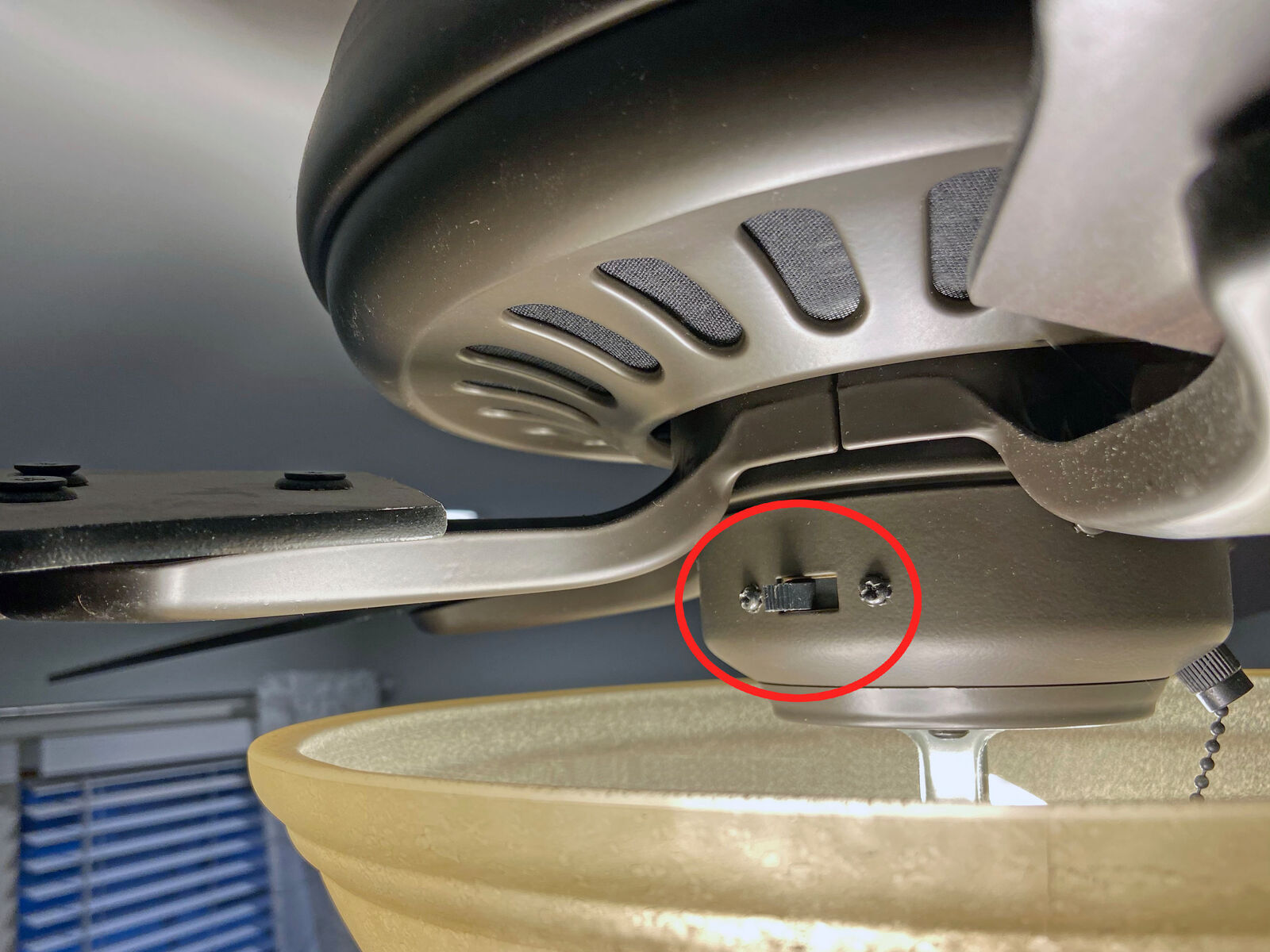
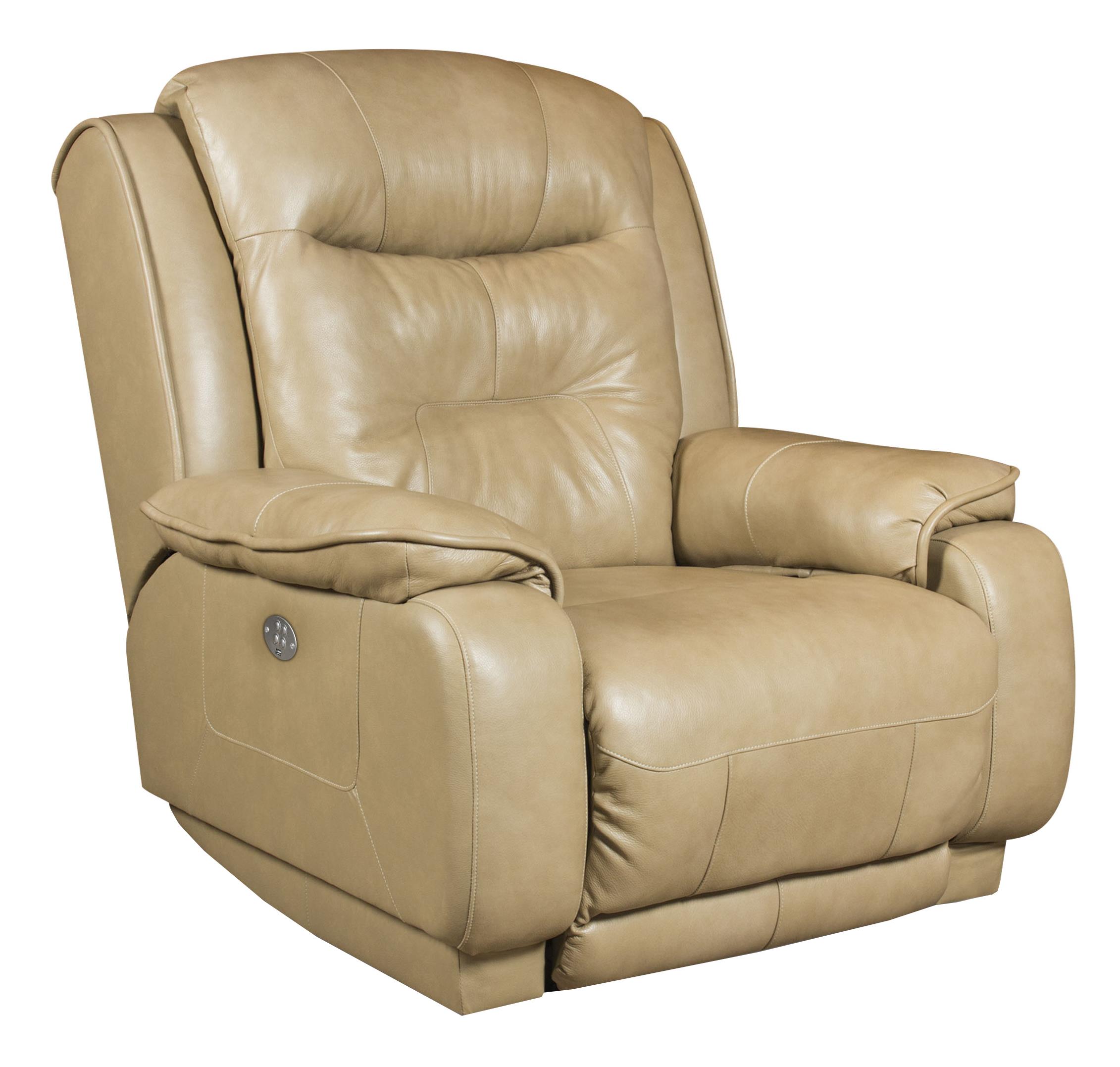

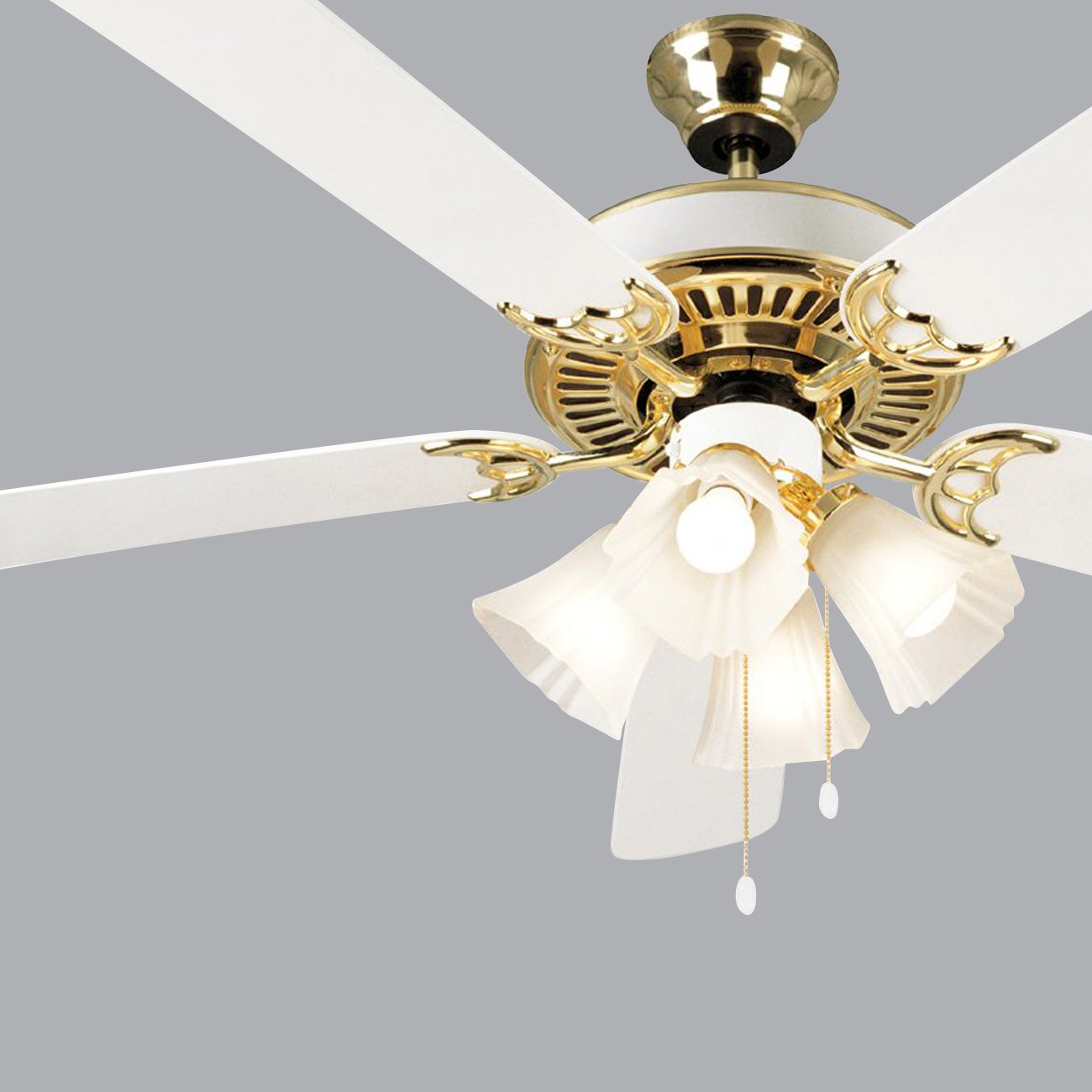
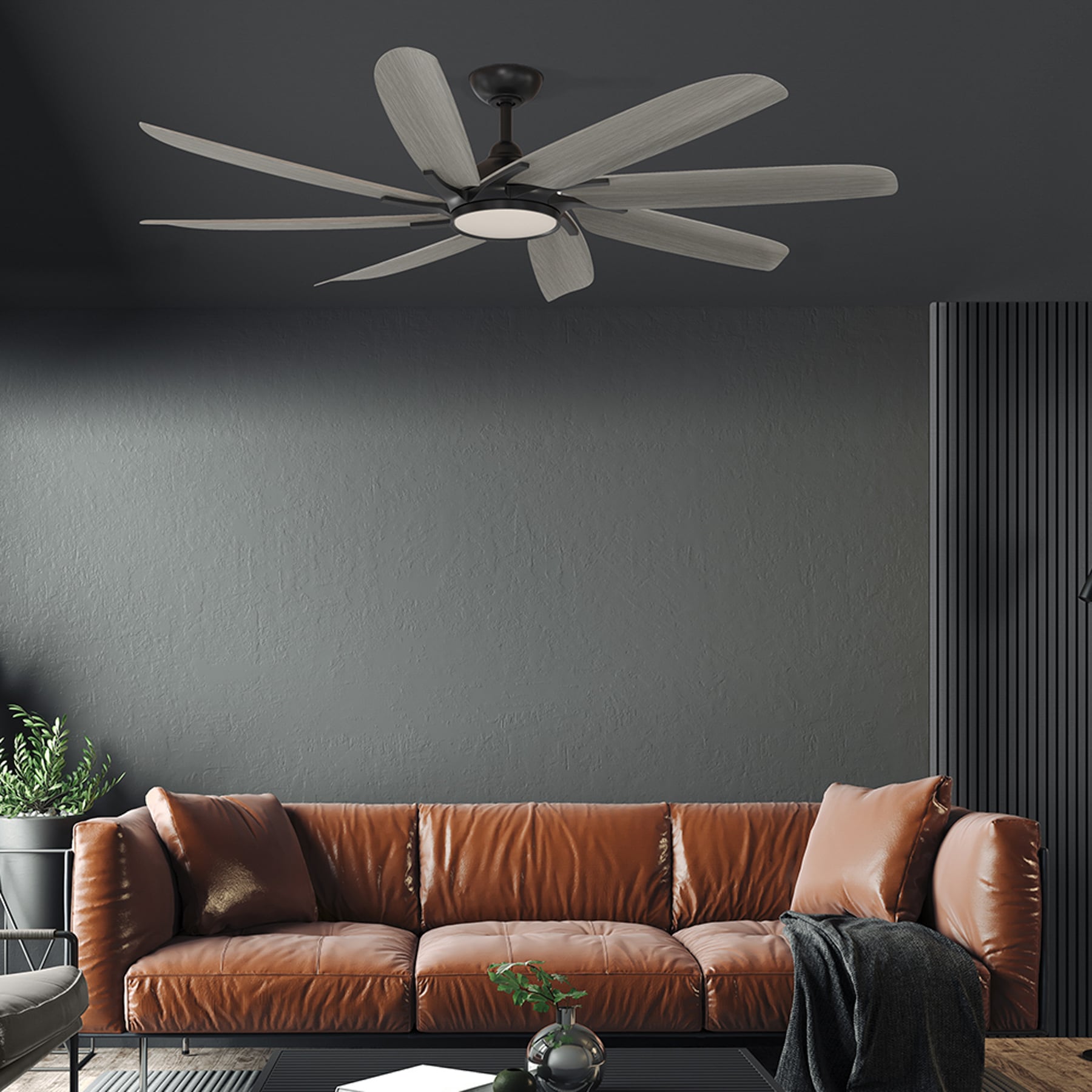
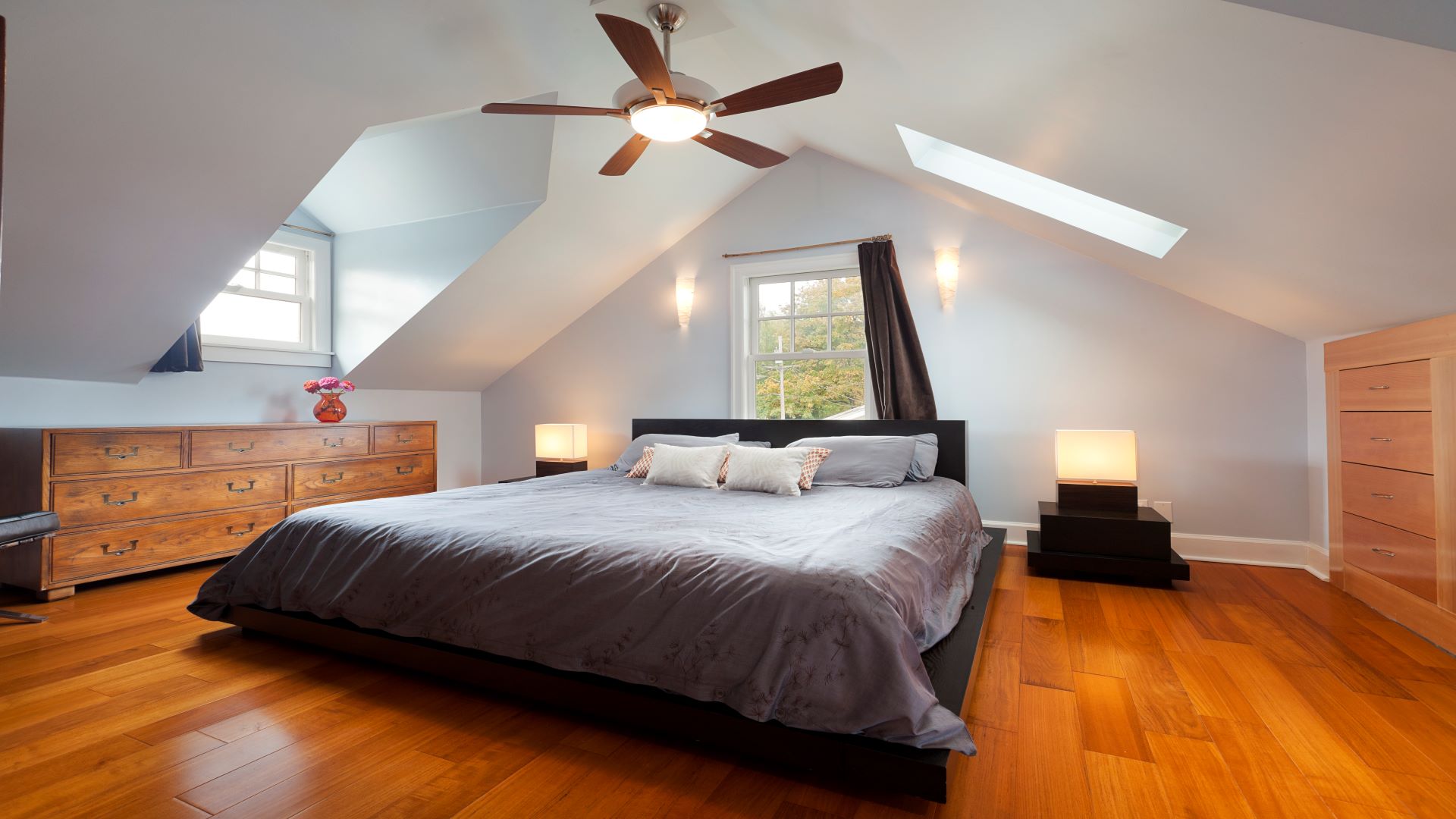
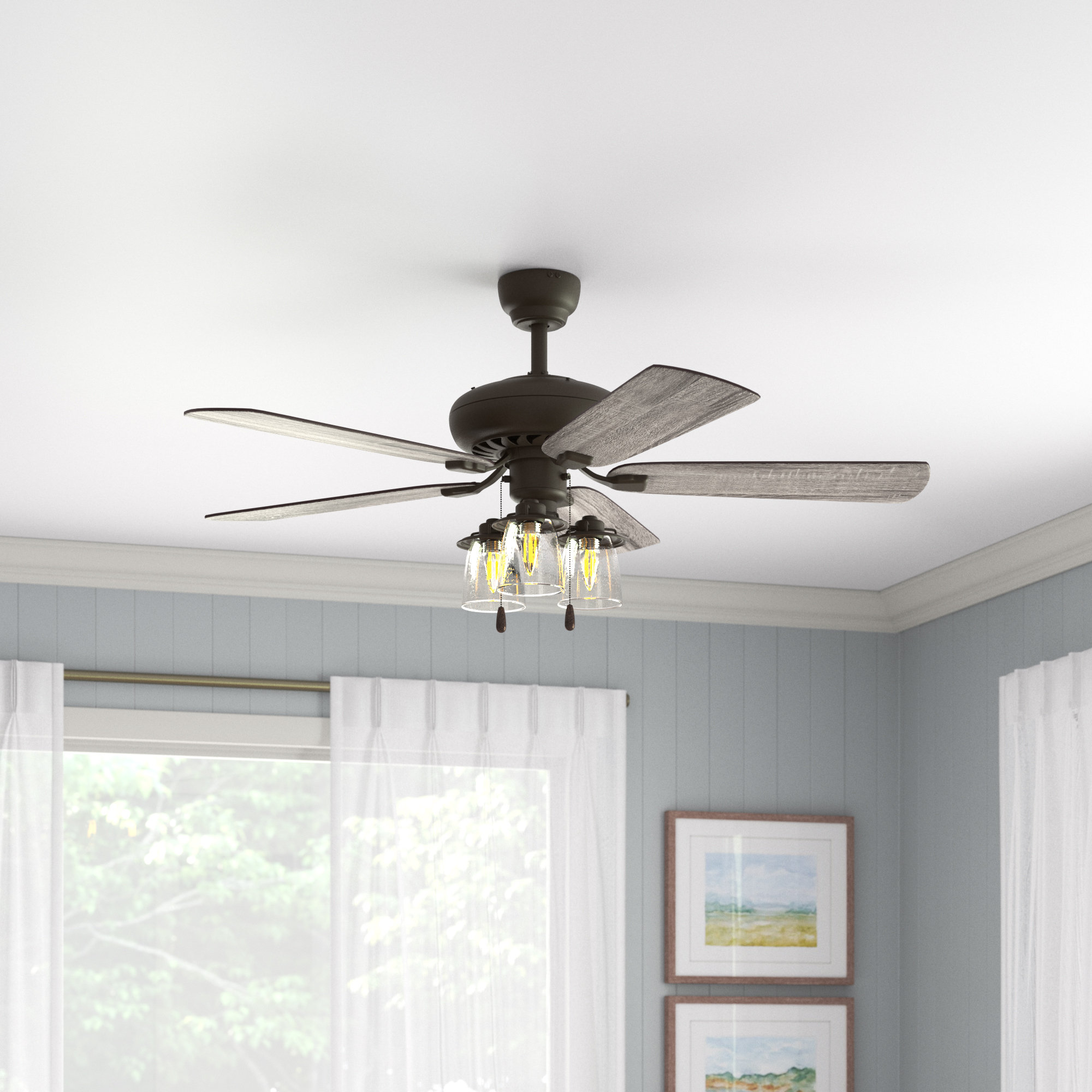

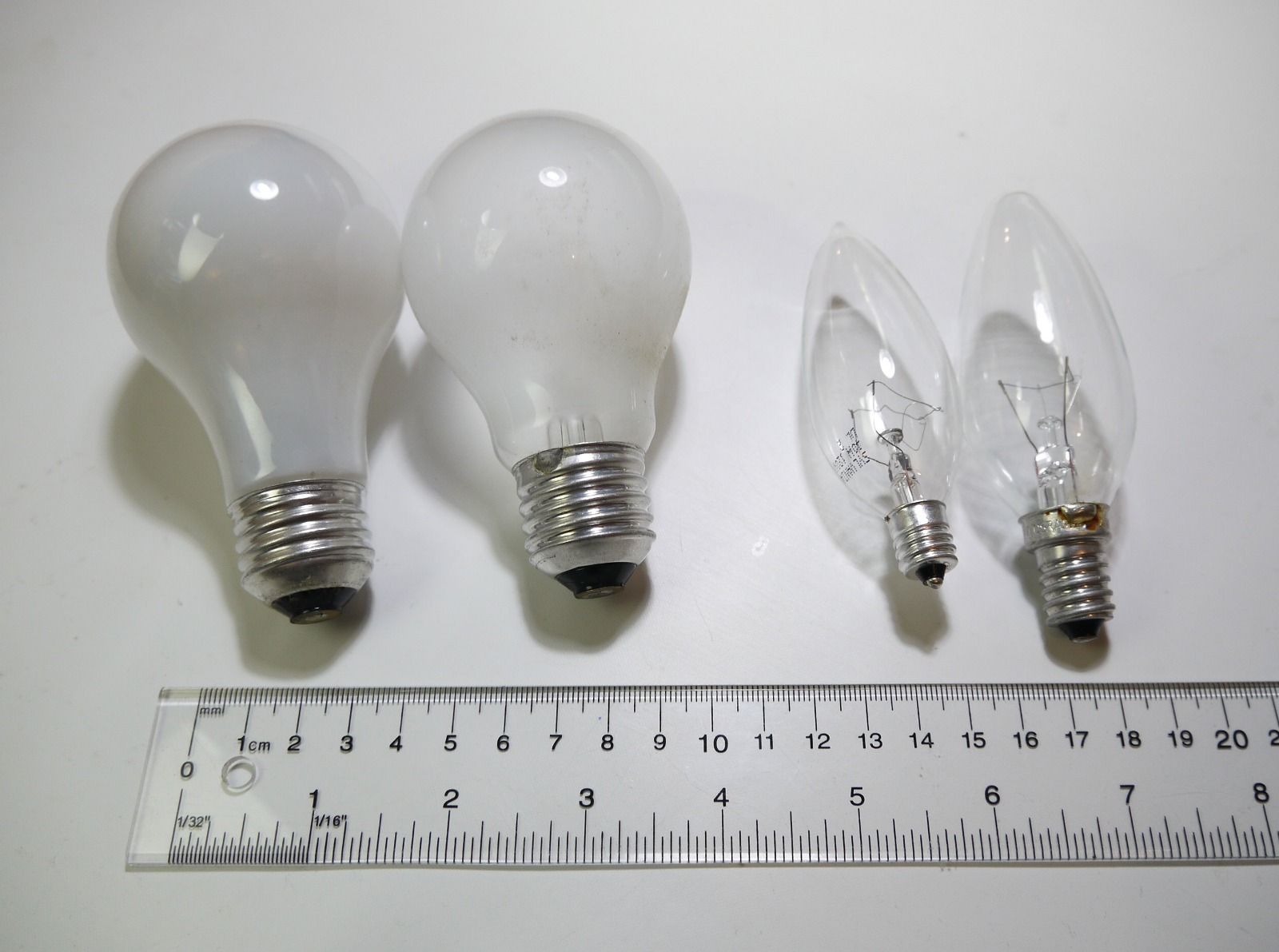
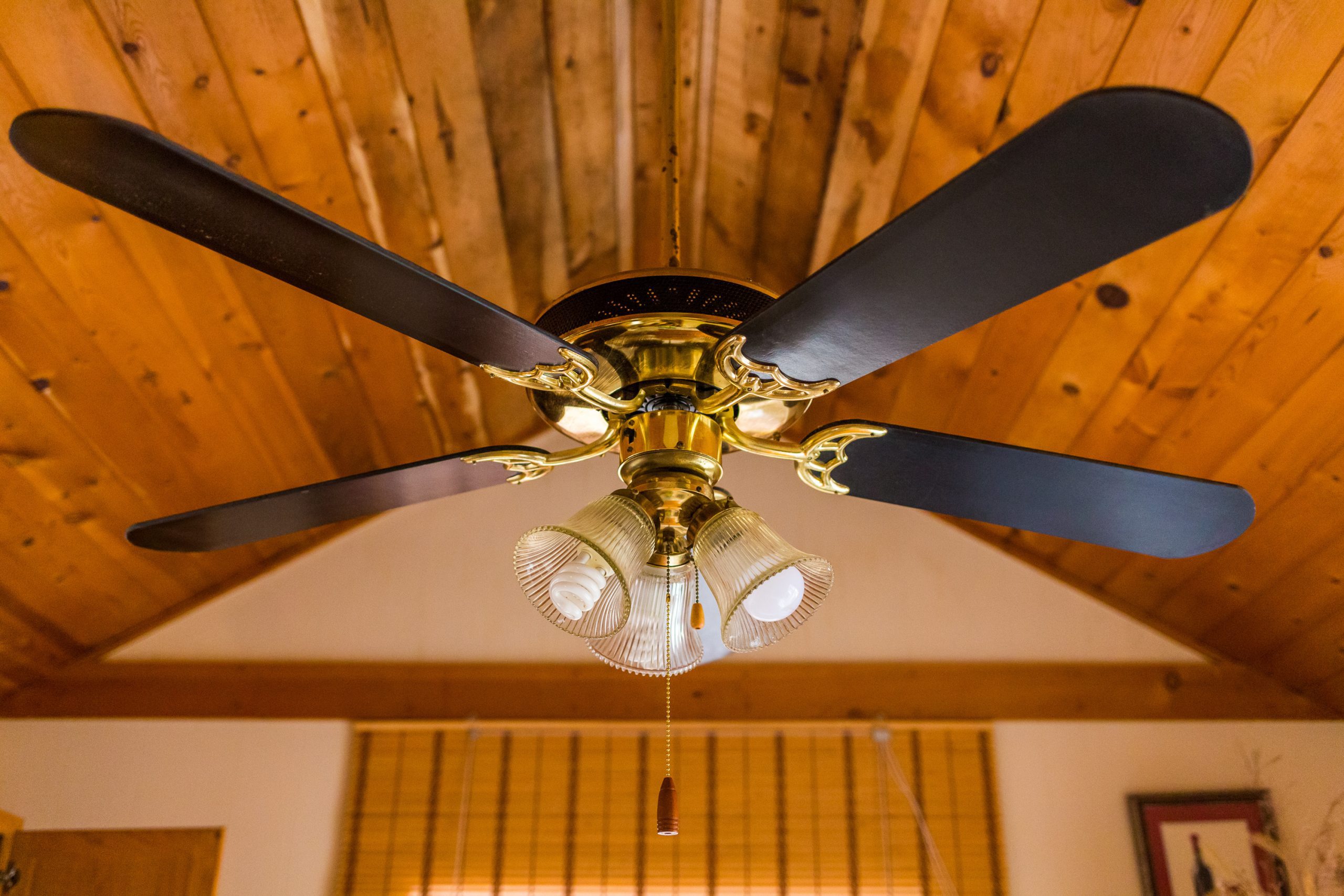
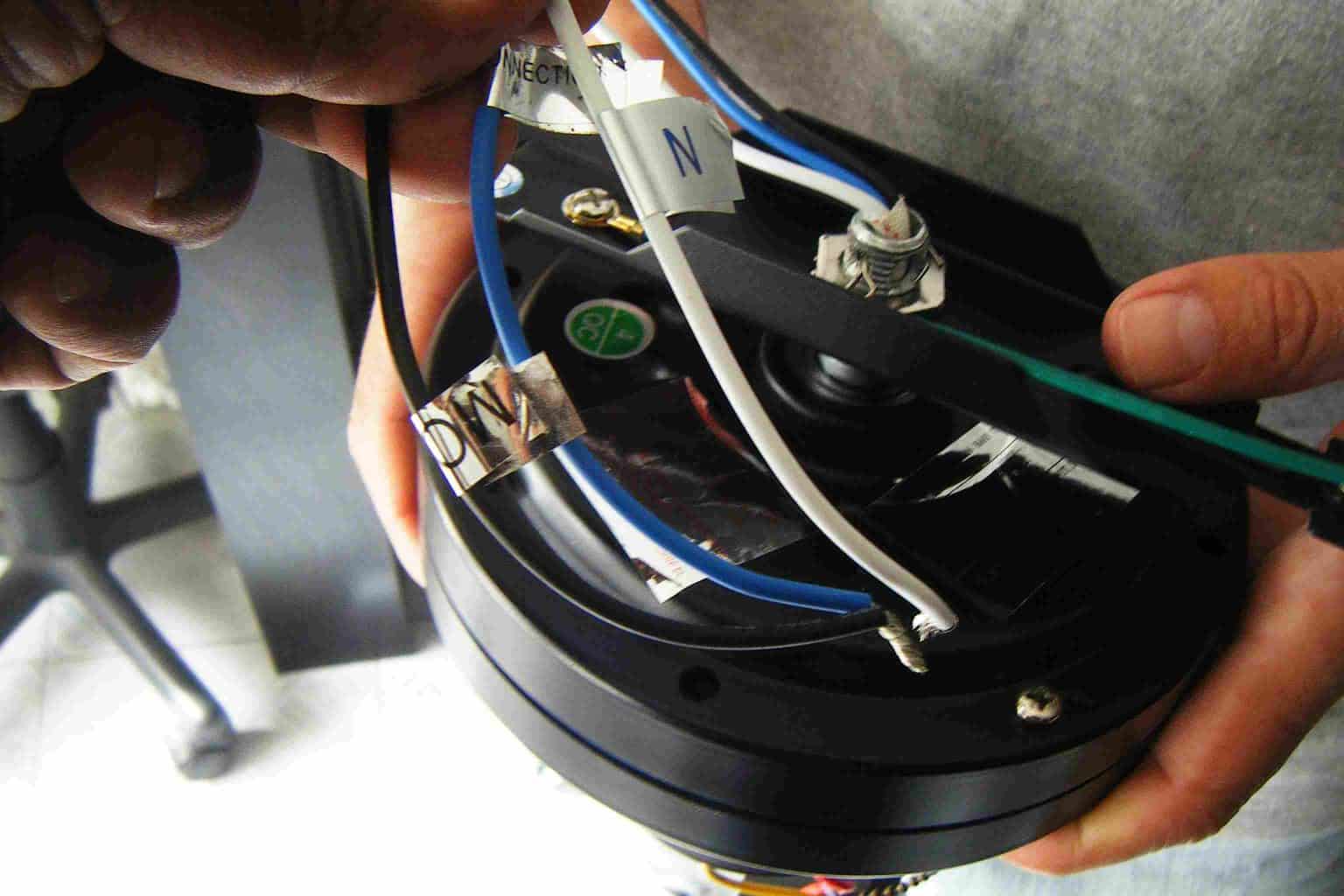
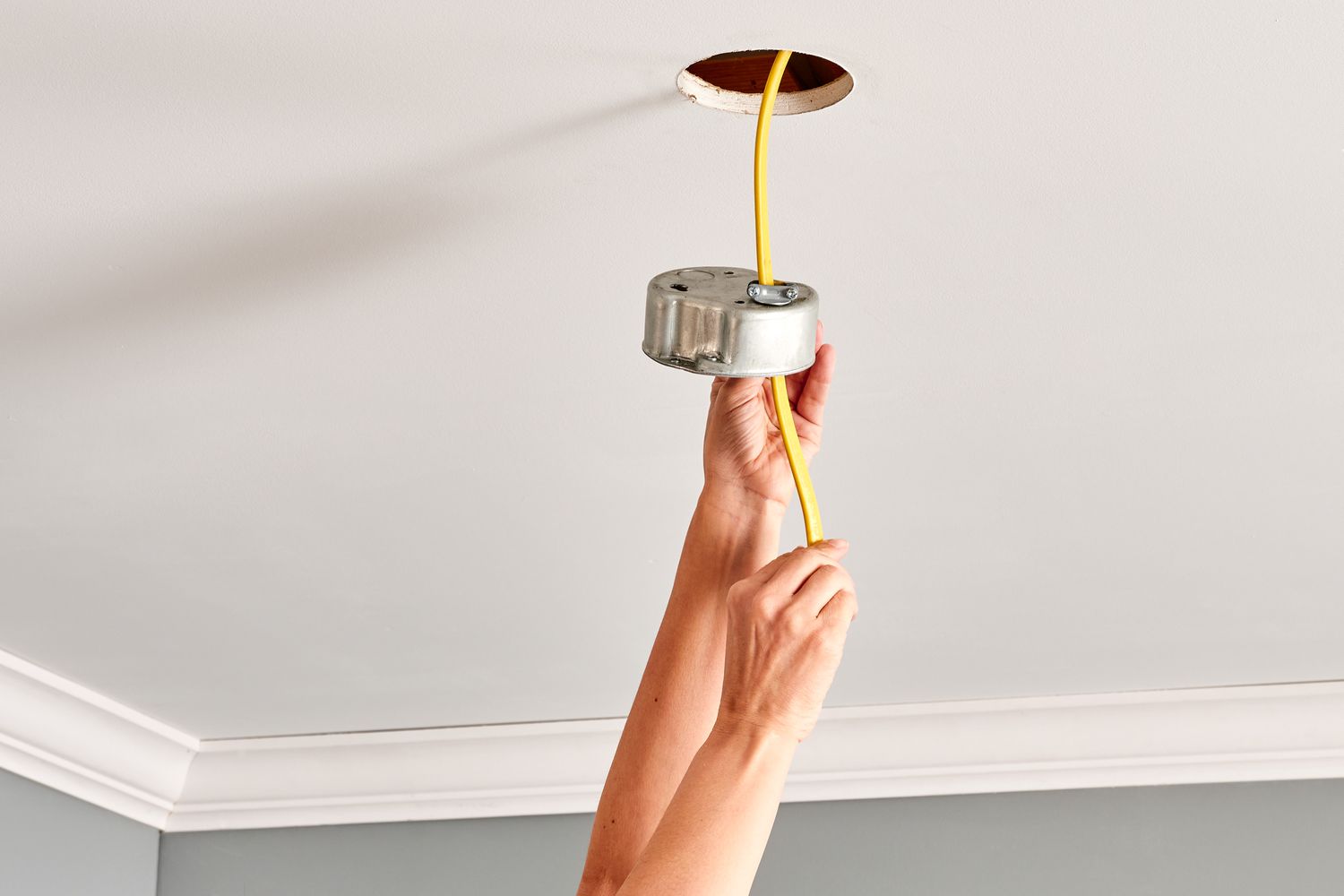
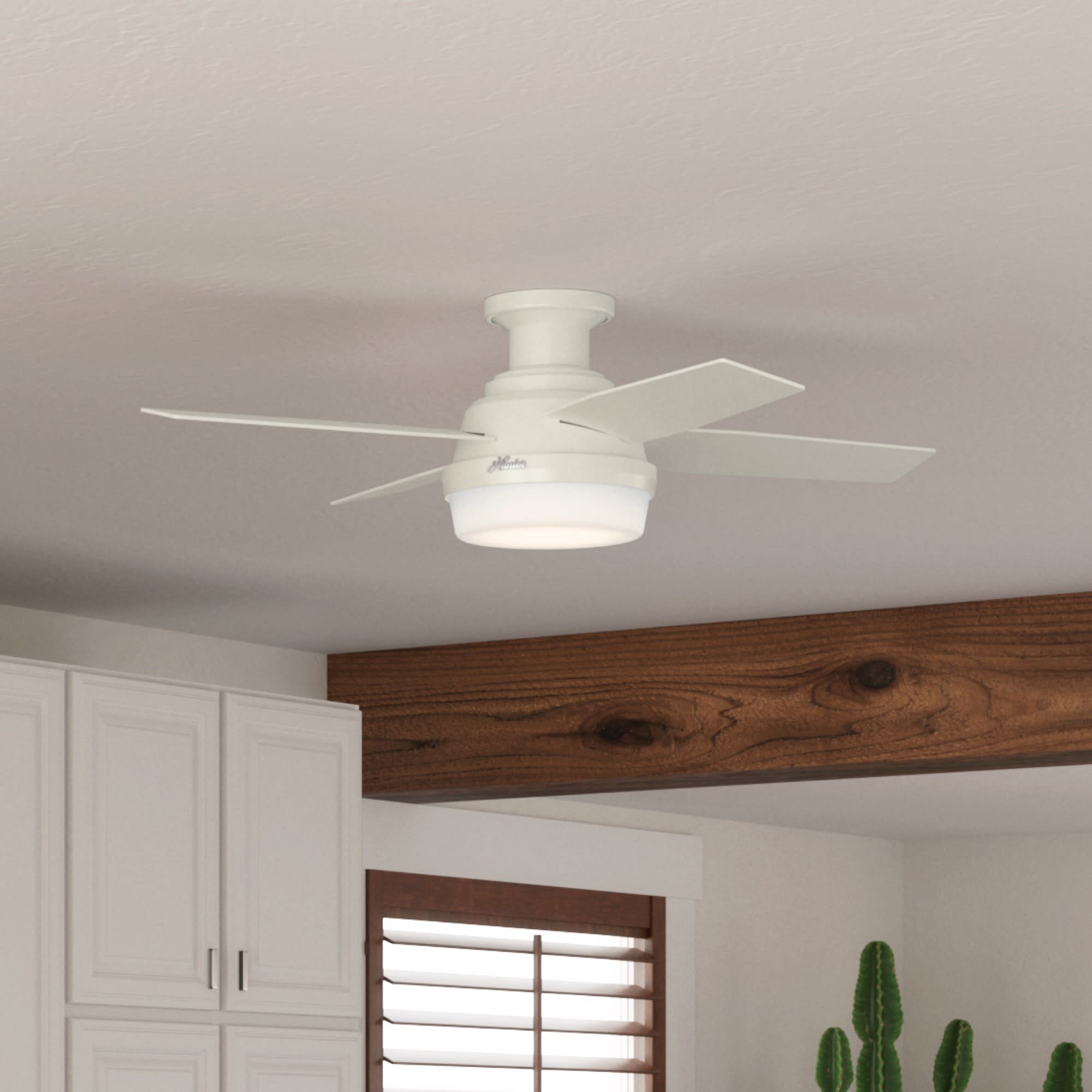
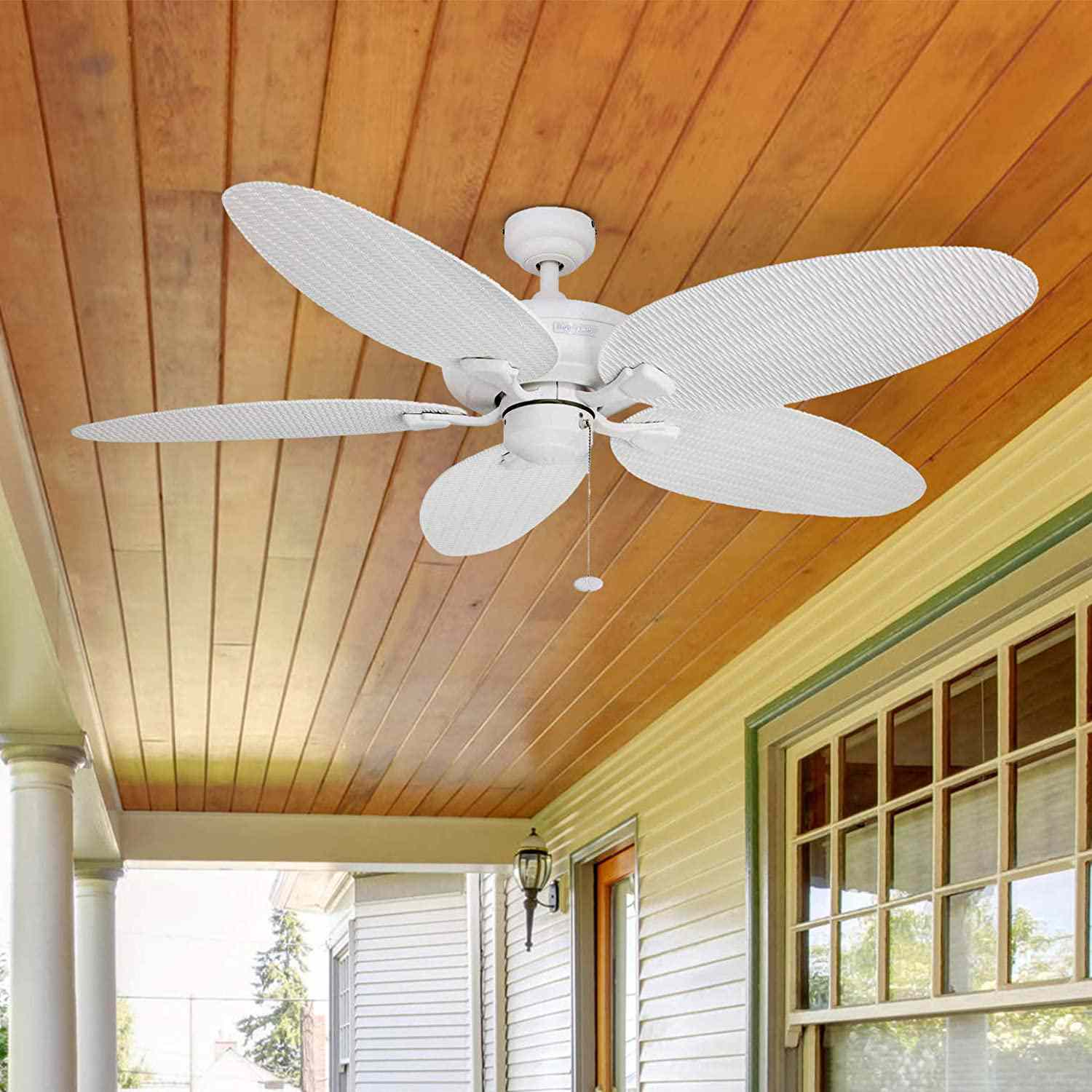

0 thoughts on “What Is A Hugger Ceiling Fan”